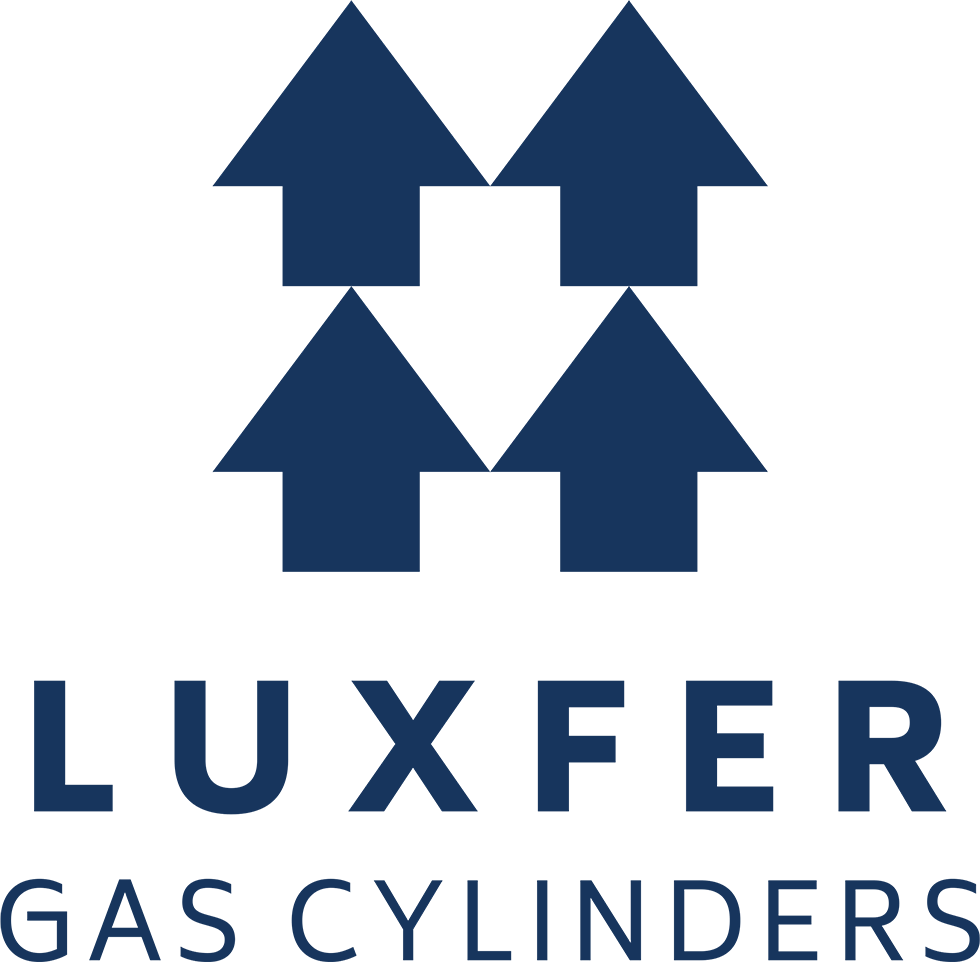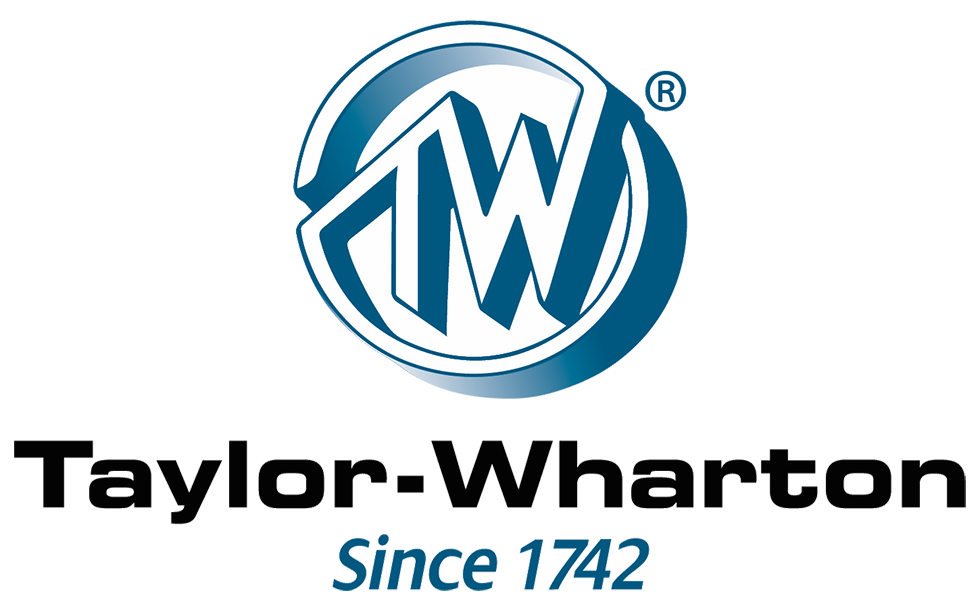Hydrogen Storage & Distribution
Hydrogen isn’t just used as a fuel, it can also be used as energy storage. As the United States continues to undergo an energy transition, storage becomes an important component in maximizing use of excess renewable energy.
Hydrogen Storage
Production and end use of hydrogen is critical to achieving a robust hydrogen economy. However, hydrogen storage is needed to bridge the gap between the two. From stationary and portable power to transportation, all applications of hydrogen need storage capacity in one form or another, and there are a variety of ways to do so. Hydrogen can be stored as compressed gas, in liquid form, or in other materials like solid-state metal hydrides or in other chemical compounds like ammonia or methanol.
Storage of hydrogen as a gas usually requires high-pressure tanks (350–700 bar tank pressure). Storage of hydrogen as a liquid requires extremely low temperatures in cryogenic tanks. Finally, in the same way that the U.S. Strategic Petroleum Reserves are currently stored, naturally occurring underground salt formations offer an opportunity for long-duration hydrogen storage by injecting hydrogen gas into caverns created by solution mining.

Hydrogen Storage and Distribution Network (Source: Air Liquide)
Hydrogen Distribution
Hydrogen distribution is the network and infrastructure which links hydrogen production, markets, and industry. The most common form of distribution is by gas tanker trucks, with interest in transporting liquid hydrogen growing due to its higher energy density. However, as more hydrogen production comes online through the U.S. Department of Energy’s (DOE) Hydrogen Hubs program and further private sector buildout, distribution and utilization networks must be created and expanded to accommodate the supply and reach customers. This could include pipelines, freight rail, and designated zero-emission vehicle (ZEV) corridors, among others.











